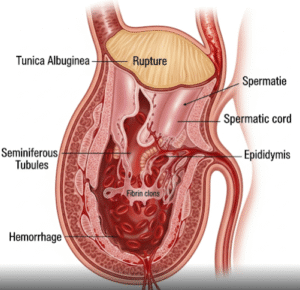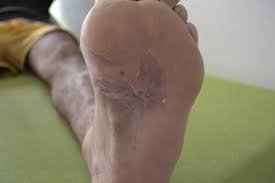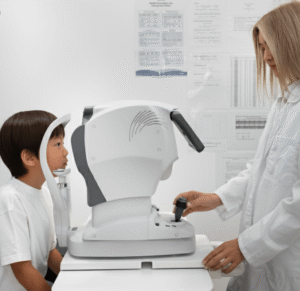Overview
Dysmenorrhea refers to painful menstrual cramps that occur before or during menstruation. It is one of the most common gynecological conditions among women of reproductive age. In South Korea, where women’s health awareness and access to advanced medical care are well established, dysmenorrhea is widely recognized and treated through both conventional medicine and complementary therapies, including traditional Korean medicine.
What is Dysmenorrhea?
Dysmenorrhea is classified into two types:
- Primary Dysmenorrhea: Menstrual pain without an underlying medical condition, usually caused by uterine muscle contractions triggered by prostaglandins.
- Secondary Dysmenorrhea: Painful periods caused by underlying gynecological disorders such as endometriosis, uterine fibroids, or pelvic inflammatory disease.
It typically begins within a few years after menarche (first menstrual period) and can significantly interfere with daily activities, school, or work if not properly managed.
Symptoms
- Cramping pain in the lower abdomen, pelvis, or lower back
- Pain that may radiate to the thighs or hips
- Nausea, vomiting, or diarrhea during menstruation
- Fatigue and irritability
- Headaches and, in severe cases, dizziness
Causes
- Primary Dysmenorrhea: Excessive production of prostaglandins, chemicals that cause the uterus to contract.
- Secondary Dysmenorrhea: May be due to:
- Endometriosis
- Adenomyosis
- Uterine fibroids
- Pelvic inflammatory disease
- Intrauterine device (IUD) complications
Risk Factors
- Family history of dysmenorrhea
- Early onset of menstruation (before age 12)
- Heavy or irregular periods
- Smoking or high caffeine intake
- Stress and lack of physical activity
Complications
Untreated or severe dysmenorrhea can lead to:
- School or work absenteeism
- Emotional distress, anxiety, or depression
- Reduced quality of life
- Fertility issues in cases of secondary dysmenorrhea caused by endometriosis or other gynecological conditions
Prevention
While not all cases can be prevented, certain lifestyle adjustments may reduce the severity of menstrual pain:
- Regular physical exercise
- Stress management techniques such as yoga or meditation
- A balanced diet rich in omega-3 fatty acids and low in processed foods
- Avoiding smoking and excessive caffeine consumption
- Early gynecological checkups for irregular or severe menstrual symptoms
Treatment Options in Korea
Diagnosis:
- Pelvic examination and medical history review
- Ultrasound or MRI for detecting uterine abnormalities
- Laparoscopy in cases suspected of endometriosis or other complex conditions
Medical Treatments:
- Nonsteroidal anti-inflammatory drugs (NSAIDs): Commonly prescribed to reduce pain and prostaglandin levels
- Hormonal contraceptives (oral pills, injections, or patches): To regulate menstrual cycles and reduce pain
- Hormone therapy: For secondary dysmenorrhea linked to endometriosis or fibroids
Surgical Options:
- Laparoscopic surgery for endometriosis or fibroid removal
- Hysterectomy (in severe cases, when fertility is no longer a concern)
Rehabilitation & Supportive Care:
- Heat therapy (heating pads) for pain relief
- Physical therapy and relaxation techniques
- Acupuncture and herbal medicine (widely practiced in Korean traditional medicine)
- Psychological counseling for women experiencing stress or depression due to chronic pain
South Korea offers a comprehensive, patient-centered approach that combines modern gynecology with traditional Korean medicine, ensuring women receive both medical and holistic care for dysmenorrhea.













